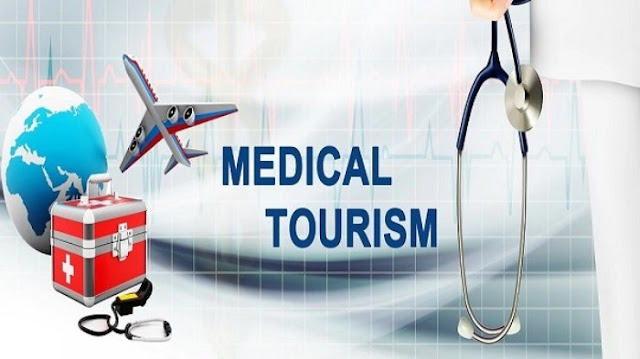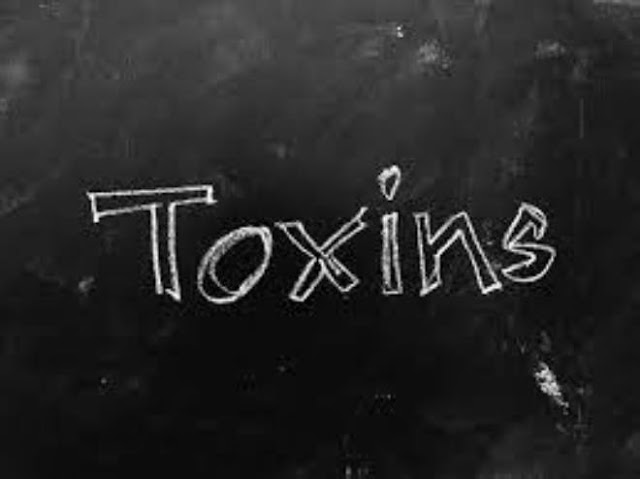Health Medical Tourism

Health and medical tourism refers to the practice of individuals traveling to different countries or regions to seek medical treatment, procedures, surgeries, or wellness services. This emerging industry combines healthcare with tourism, offering patients access to quality medical care, specialized treatments, cost savings, and an opportunity to explore new destinations. Here's a comprehensive guide covering various aspects of health and medical tourism: Types of Medical Tourism Services: Medical Treatments: Covering a wide range of healthcare services including elective surgeries (cosmetic, dental, orthopedic), specialized treatments (fertility, oncology, cardiology), and more. Wellness Tourism: Focuses on holistic health, wellness retreats, spa treatments, alternative therapies, and preventive healthcare services. Reasons for Medical Tourism: Cost Savings: Access to affordable healthcare compared to expensive treatments in home countries, especially in countries where ...


